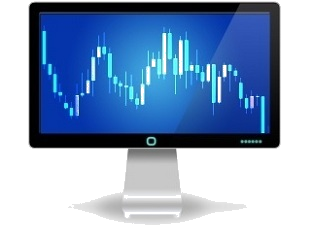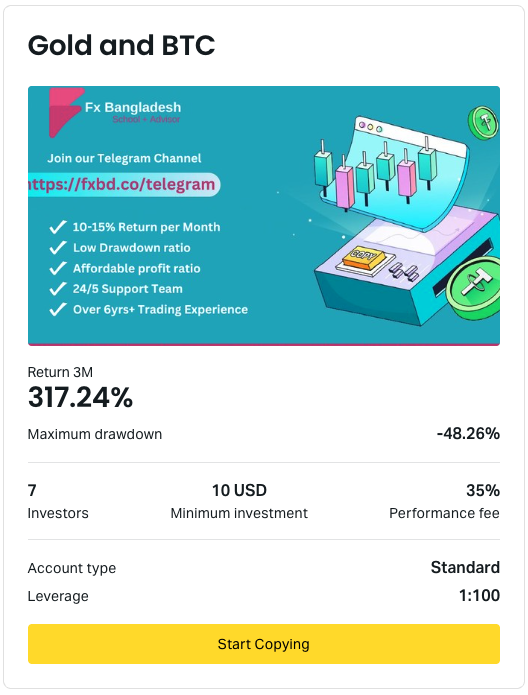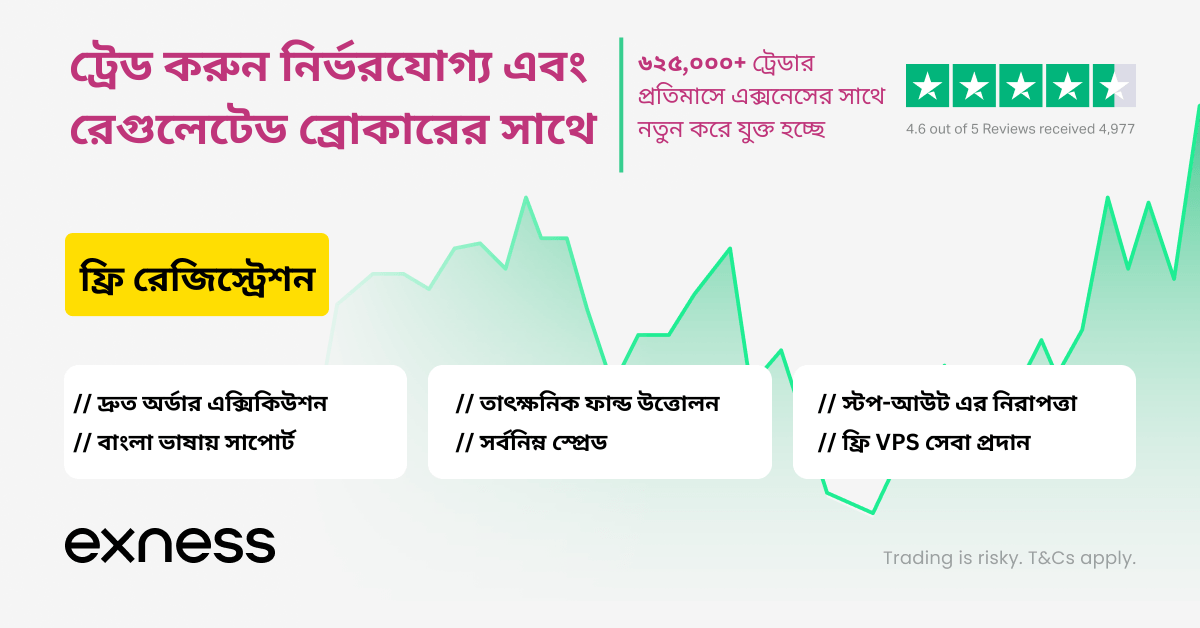Economic indicators are picking up in most of the developed countries. Eurozone growth is more robust, at an annualised rate of nearly 2% in first-quarter 2017. The rebound is also better distributed, as the economic cycles of the 19 eurozone member countries are tending to move more in sync. The United States reported an upturn in oil and shale gas- related activities, and corporate investment in this sector probably rebounded at the beginning of the year. Inflation rebounds, approaching or overshooting the official 2% target. The central banks keep calm, however.
Eurozone cyclical data have been rather satisfactory in recent months. The purchasing managers index (PMI) averaged more than 55 points in January-March, which is compatible with economic expansion of 2% a year, or even higher. Moreover, the member countries are no longer split by widely contrasting performances, and there is even a certain degree of convergence, for the first time since the creation of the Economic and Monetary Union (EMU). Germany is no longer the economy’s sole growth engine: Italy and Spain also contributed to the first-quarter rally. In France, the survey data in our Nowcast index coincides with GDP trends, signalling stronger growth.
Domestic – especially household – demand is the main support factor for European growth. Private consumption hasn’t faltered despite rising energy bills, which can be explained by falling unemployment (less of a concern in European Commission surveys) and stronger lending activities. Here too, the improvements are widespread. In Spain, for example, which has long been insensitive to the improvement in Eurozone financing conditions, consumer loans have surged by 4% a year. As a result, it is gradually closing the demand shortfall.
Corporate investment is following the accelerator principle: bolstered by a flurry of new orders at the beginning of the year, investment should be more dynamic. This is also suggested by the upturn in capacity utilisation rates in industry.
In the United States, we can see the same trends, which are not only relying on a “Trump” effect. Based on the key ISM index, and the new orders component in particular, US companies also stepped up expenditure on capital goods in the first quarter. Yet they were not responding to an increase in private consumption (automobile sales are slowing), but rather to foreign demand. In the emerging countries, import volumes have be rising strongly in recent months, driven in part by China, which has returned to an expansionist policy. Looking beyond textbook gearing effects, this has triggered an upturn in oil prices, which is beneficial for the US. With crude oil prices currently at about USD 50 a barrel, US production of oil and shale gas has become profitable again, especially since breakeven points have fallen. Production and the number of wells have both increased strongly since the beginning of the year.
In the unconventional energy sector, given its heavy accumulation of debt, the rebound in prospects has squeezed corporate spreads (the yield spread with regard to government bonds), creating an additional support factor for investment.
Inflation rebounds… slightly. In the eurozone, it is approaching the central bank’s 2% target (+1.8% year-on-year in Q1), while in the US, it has overshot the Fed’s target (+2.5% year-on-year for the same period). For the most part, this movement is due to higher oil prices, and has not affected the core component of the price index (excluding energy and food). This is especially true in the eurozone, where core inflation has barely reached 1% and shows no signs of accelerating. For industrial goods, prices have been virtually flat, while service prices have held to the same sluggish slope of 1% for the past three years. This inertia brings to mind the sluggish pace of wage growth which, except in Germany, has held close to productivity gains and has progressed very little. As a result, unit labour costs are not exerting any pricing pressure, a reflection of the persistently high level of unemployment (9.5% in February).
Although unemployment is declining, it is still higher than the pre-2008 average and the equilibrium unemployment rate calculated by the OECD, which means it is still fluctuating in the non-accelerating inflation zone (see eurozone article on page 6). The situation is different in the United States, where the unemployment rate has fallen below 5% and unit labour costs are rising about three times faster than in the eurozone.
This dichotomy explains the divergence in monetary policies. The European Central Bank (ECB) gives little credit to price movements at the beginning of the year, considering that “underlying inflationary pressures remain very subdued”.
This is clearly the case today. After setting its key rate at zero in March 2016, the ECB has little reason to raise it. We expect no change in the key rate, not only in 2017, but also in all or part of 2018. The central bank will continue its securities purchases at a monthly rate of EUR 60 billion net from April to December 2017, before scaling back the programme in 2018.
The US Federal Reserve, in contrast, has finished with quantitative easing, and since December 2015 it has been moving away from the zero lower bound. Lifted to 0.75-1% in March 2017, the Fed funds target rate is still lower than core inflation. In the end, it is comparable in real terms to the ECB’s refinancing rate. Thus the normalisation of US monetary policy is bound to continue. We expect the Fed to make two or three additional key rate cuts in 2017, which would bring it within a range of 1.50% to 1.75% in December.
























































